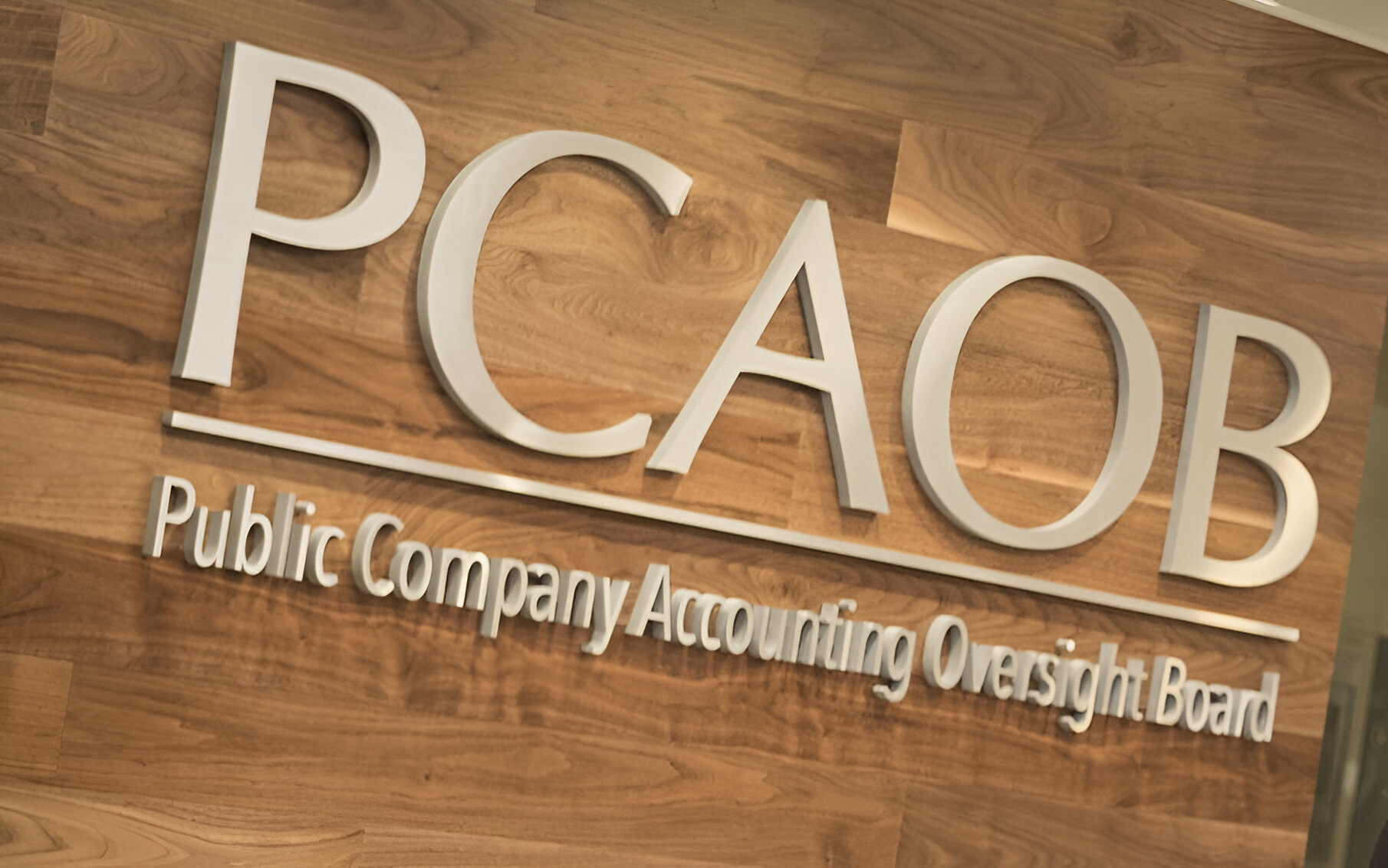The Big Four continue to dominate the U.S. consulting market – growing by 10.9 percent to $19.6 billion in 2015 – compared to the wider market growth of 7.7 per cent to almost $55 billion.
These findings are published today in a report from leading global consulting market analysts Source Global Research, which also reveals that the Big Four’s market share is now 65 percent bigger than the next-largest firm type (technology firms) and is growing a good deal faster.
Much of the growth is down to the Big Four’s aggressive pursuit of a very expensive acquisition agenda that has transformed the market over the last few years. But acquisition isn’t the only thing driving growth. Demand from the financial services sector and an increasing interest in risk consulting – both of which are signature areas for the Big Four – are also driving significant growth.
Cybersecurity work is really hot
Risk and regulatory work across the U.S. consulting market grew strongly by 7.8 percent to over $14 billion, but cybersecurity work is what’s really hot for many firms, including the Big Four – as headline-grabbing news stories have struck fear into the hearts of business-people.
“The high profile nature of cybersecurity work – top of the current corporate agenda for many boards – means that a whole range of consulting firms want to get in on this particular ac,” said Edward Haigh, Director of Source Global Research.
Technology might lie at the heart of cybersecurity, but only an organization-wide approach is appropriate in preventing cybercrime, which means that the Big Four, strategy firms, technology firms, and specialists are all vying for position in this market.”
“Cyber and cybersecurity are still concerns for a lot of people,” said Tracy Benard, Managing Partner, Advisory at KPMG. “From a technology perspective, augmenting the workforce with robotics and cognitive capability may be an opportunity to cut costs and decrease some risk exposure, but it also poses new risks that we are helping clients address.”
The Source report states that while buying everything in sight puts the Big Four in a good position to fill eager client organizations, it also puts them at risk of having very crowded benches when demand slows. Additionally, the increasing commoditization of regulatory work – another classic Big Four service – presents a significant challenge.
“These factors are part of the motivation behind the Big Four’s determination to gain the lead in the extraordinarily lucrative digitization market,” Haigh added. “While they do seem to be making headway in this area, whether they can really build the strategy chops necessary to make themselves synonymous with high-end digital transformation remains to be seen.”
Thanks for reading CPA Practice Advisor!
Subscribe Already registered? Log In
Need more information? Read the FAQs



